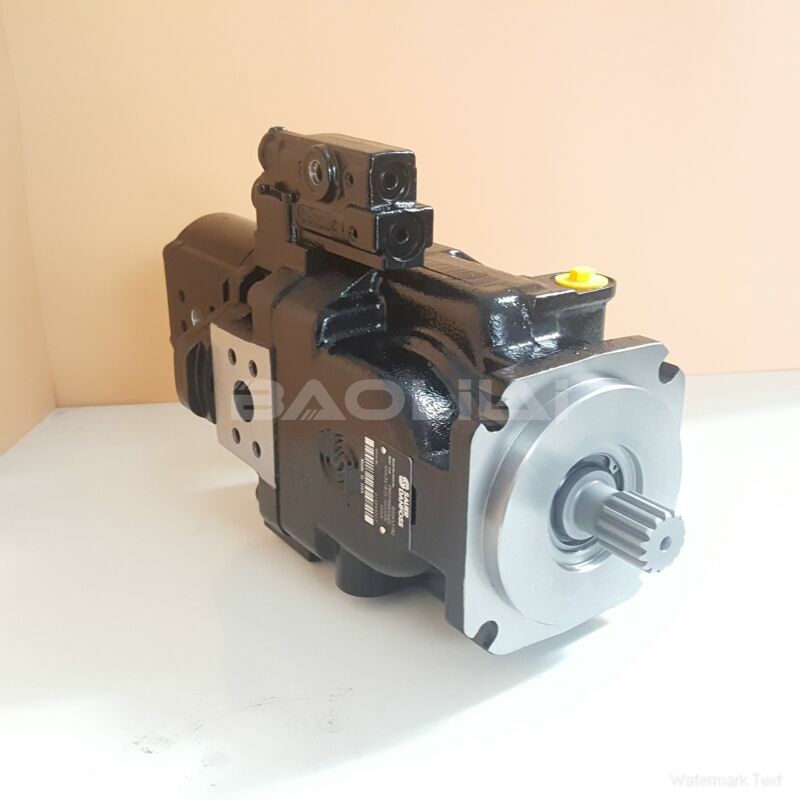FRL090CLS2520NNN3S1N2A1NNNNNNNNNN danfoss pump
FRL090CLS2520NNN3S1N2A1NNNNNNNNNN danfoss pump

- Product Details
- Applicable Scene
Reverse osmosis (RO) is a widely utilized technology for water purification, heavily relied upon in various industries, including municipal water treatment, desalination, and food processing. A critical component of the RO system is the high-pressure pump, which drives the process by forcing water through semi-permeable membranes. This article explores the impact of high-pressure pumps on energy consumption in reverse osmosis systems, highlighting both efficiency factors and potential energy-saving strategies.
FR-L-090C-LS-25-20-NN-N-3-S1N2-A1N-NNN-NNN-NNN
FRL090CLS2520NNN3S1N2A1NNNNNNNNNN
High-pressure pumps are essential for creating the necessary pressure differentials that facilitate the movement of water across RO membranes. The energy required to operate these pumps often constitutes a significant portion of the overall energy consumption in an RO plant. Thus, understanding the relationship between pump performance, system design, and energy usage is crucial for optimizing RO processes.

80002491
Several factors affect the energy consumption of high-pressure pumps in reverse osmosis systems:
Pump Efficiency: The efficiency of the pump itself plays a vital role in determining energy consumption. High-efficiency pumps require less energy to achieve the desired pressure, leading to lower operational costs. Additionally, selecting the appropriate pump size for the specific application helps avoid unnecessary energy losses. Oversizing or undersizing pumps can lead to inefficient operation.
Operating Conditions: The properties of the feed water, such as temperature, salinity, and viscosity, can significantly influence energy consumption. For instance, warmer water typically requires less energy to pump compared to colder water due to reduced viscosity. Similarly, lower salinity levels result in less osmotic pressure, reducing the energy needed to drive the system.





